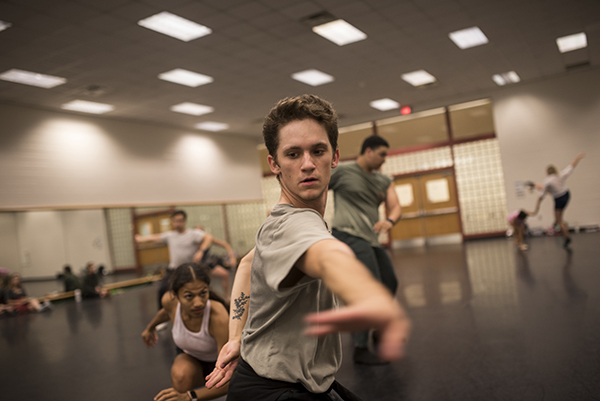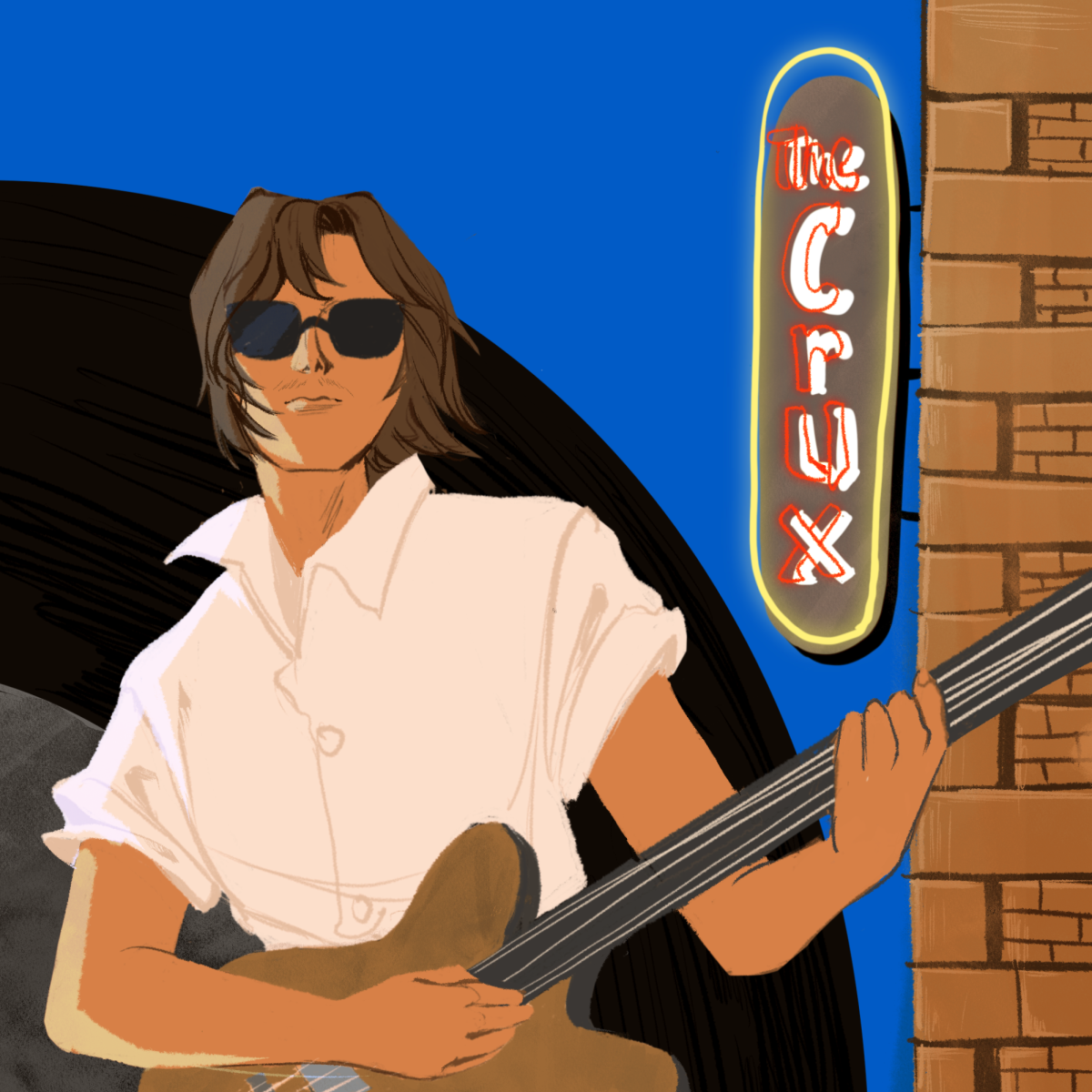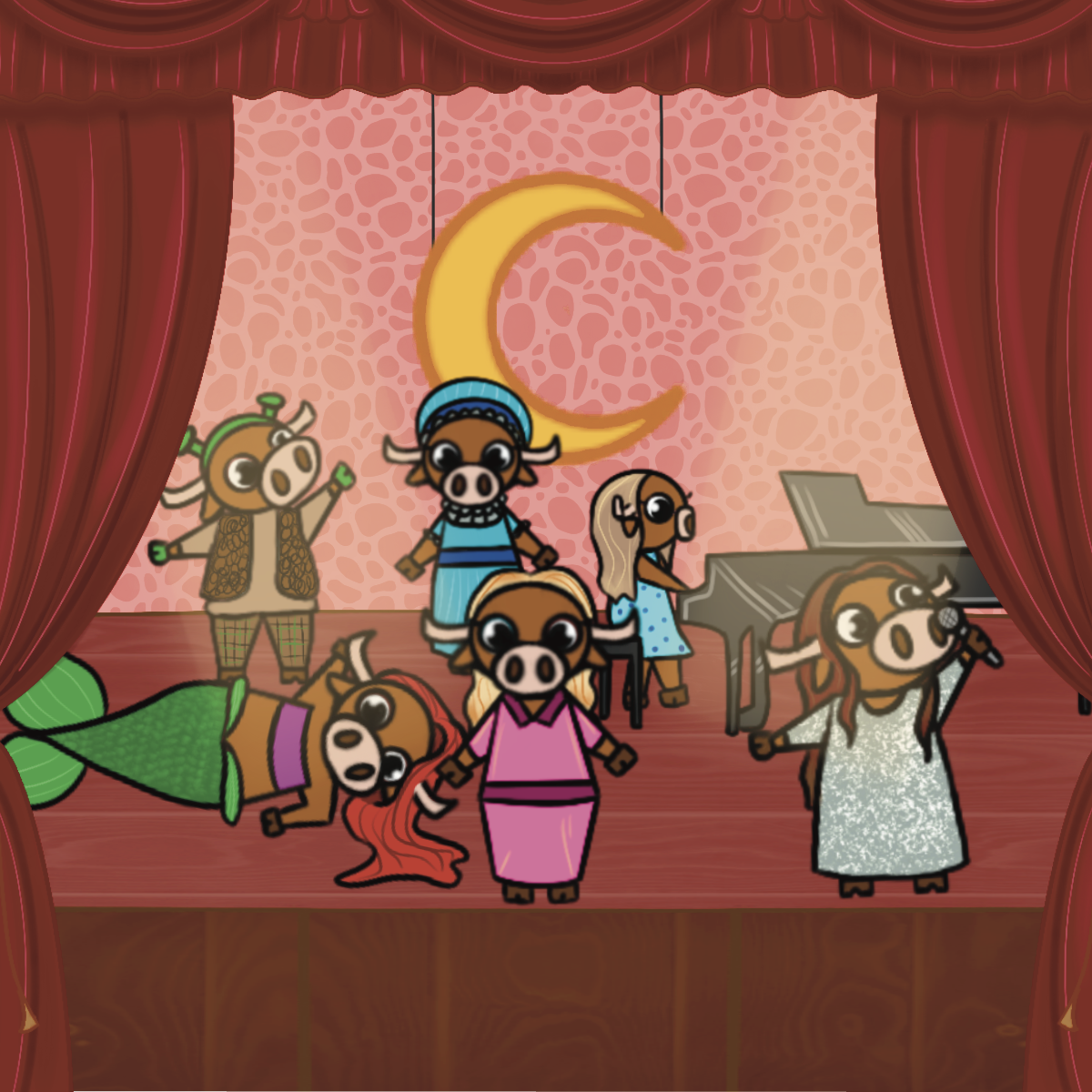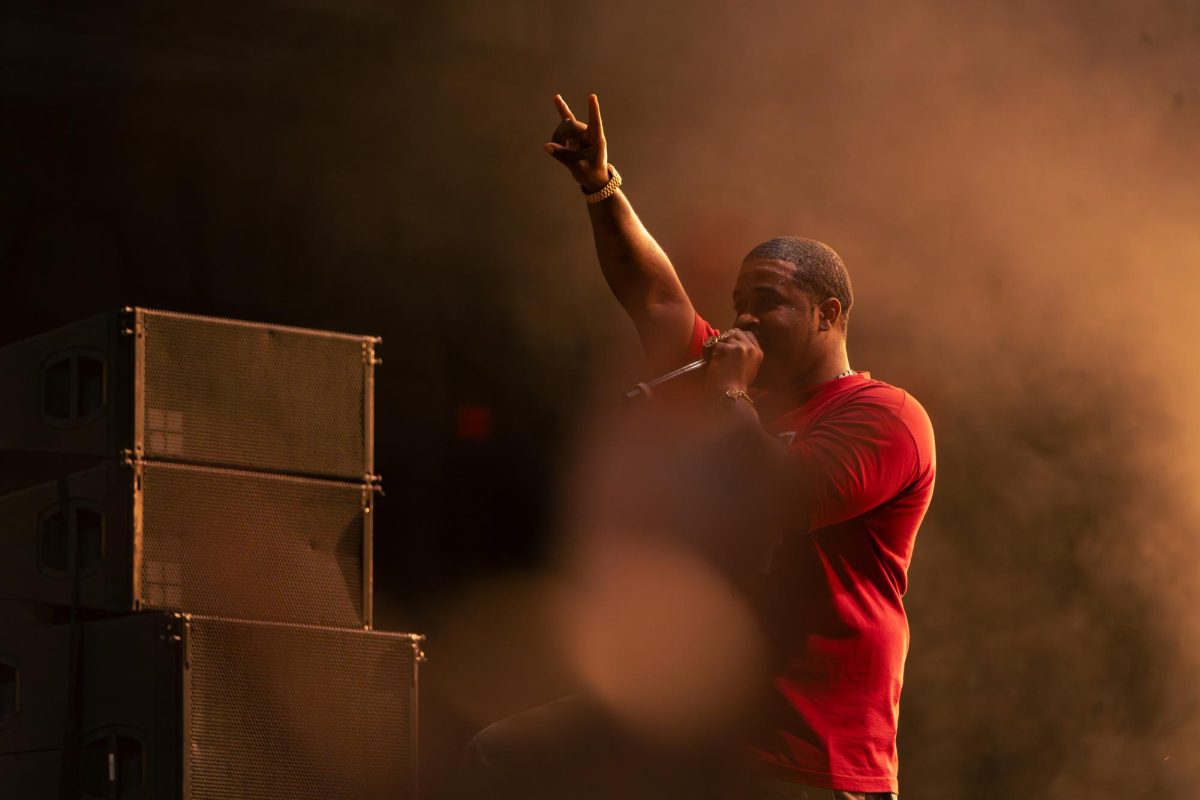Whispers followed Atticus Griffin. They chattered about his color guard performances and chuckled when he said he wanted to perform for the rest of his life.
In the dance studio, the whispers fell silent.
Now, as he roams the Forty Acres, dance senior Griffin said the stereotypes he faces as a man in dance are not what bother him — it’s the implications they have on women. While male dancers may be perceived as an underrepresented group by the rest of the world, he said men are more marketable as dancers because there are fewer of them.
Because of this demand, Griffin said another paramount problem arises. Men are more likely to get jobs than their female counterparts due to limited competition.
“I have to be better than the other men in the room,” Griffin said. “That’s what they’re going to compare me to, but there’s less men. I know a lot of female dancers get frustrated because they feel like they’re good enough but they’re not getting parts because there’s way more female competition.”
This dynamic is reflective of Western culture, said Dorothy O’Shea Overbey, theatre and dance assistant professor of practice. To combat this, Overbey said the department is focused on social justice and creating equal opportunities for everyone.
Dance sophomore Lindsey Ball said even though diversity and inclusion is important to the faculty, the UT dance department is not free from gender bias. This imbalance exists because compared to the large number of females in dance, Ball said there is little representation in leadership and performing positions.
“I think it’s a very different story from inside of the dance world looking out versus outside the dance world looking in,” Ball said. “It’s almost two contradictory efforts. If you emphasize too much of one, you’ll lose the whole battle.”
Ball said on one hand, it’s destroying the stigma that men can’t dance. On the other, it’s ensuring that women are as valued their male counterparts.
The way to level the playing field is to introduce more men into the dance world and ensure that equal numbers of men and women are attending dance classes, Ball said.
“It’s not easy to see who is the most hardworking when there’s only a couple applicants in one gender and hundreds in another,” Ball said.
Ball said her goal is to see the world of dance choose the most talented and dedicated representatives, regardless of gender.
Beyond gender bias, Overbey said that a lack of fine arts education is what has shaped the perception of it. Overbey said the arts are fundamentally weakened due to decreased funding and depth of experience in public education.
“Nationwide, arts education funding has been declining pretty precipitously,” Overbey said. “People are not aware of concert dance, it’s not part of their lives. There is, underpinning the culture, this idea that things are only valued if they’re directly monetized.”
Until the limitations placed on funding and parents own bias against dance are no longer factors, Griffin said stereotypes against men in dance will continue. So will the whispers.
“Nobody’s given people a reason to think differently,” Griffin said. “Parents tell their sons that dancing is not something boys are allowed to do. Boys think, ‘The dance team is for the girls,’ and I can do whatever else.’”





















